Germany GDP grew 0.4% qoq in Q1, matched market expectation. That was also a significant improve over Q4’s 0.0% growth. The quarter-on-quarter comparison (price-, seasonally and calendar-adjusted) shows that positive contributions mainly came from domestic demand.
Fixed capital formation in construction and in machinery and equipment increased considerably. Household final consumption expenditure, too, increased substantially. However, government final consumption expenditure recorded a decline. And there were mixed signals regarding foreign trade; as both exports and imports increased.
Economy Minister Peter Altmaier said the growth figures were a “first ray of hope” following two quarters without expansion. However, he warned that ” international trade disputes are still unresolved”. He urged , “we must do everything possible to find acceptable solutions that enable free trade”.




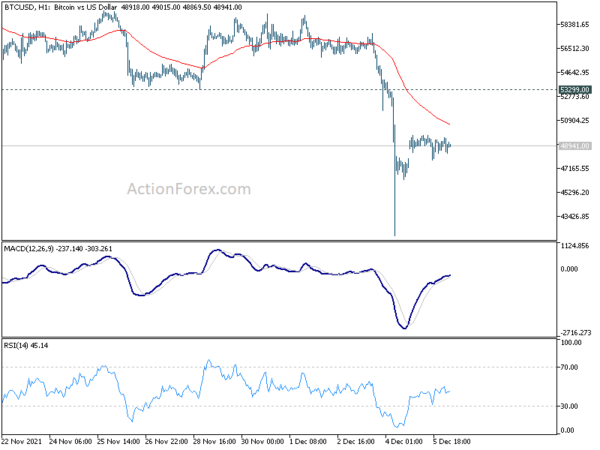
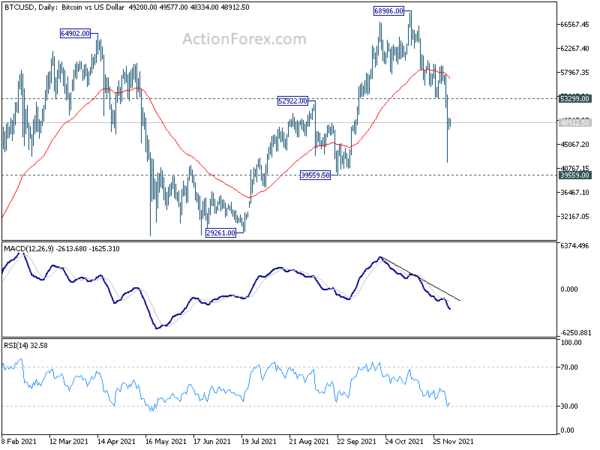
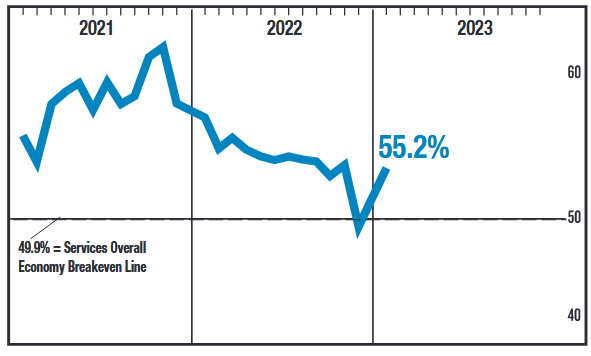
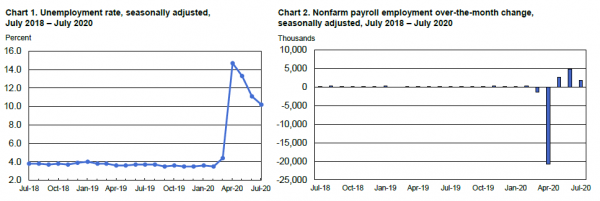
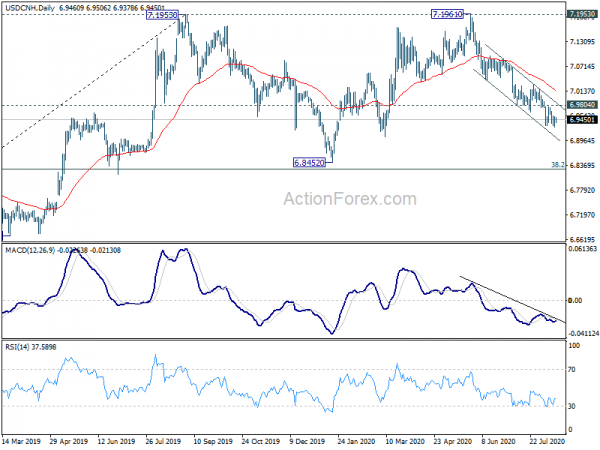

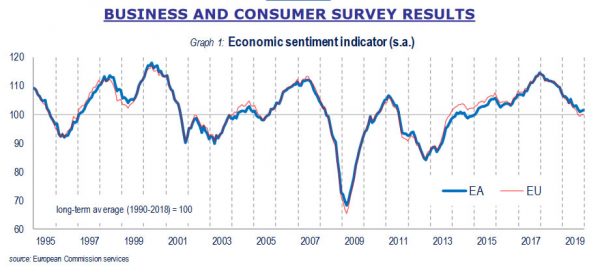
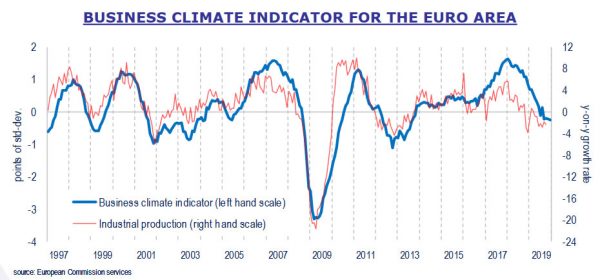
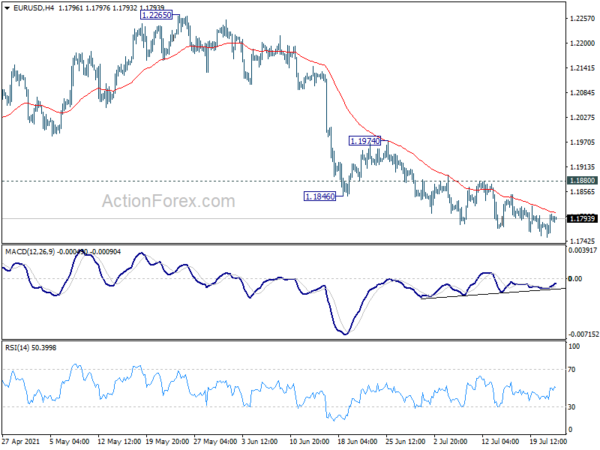
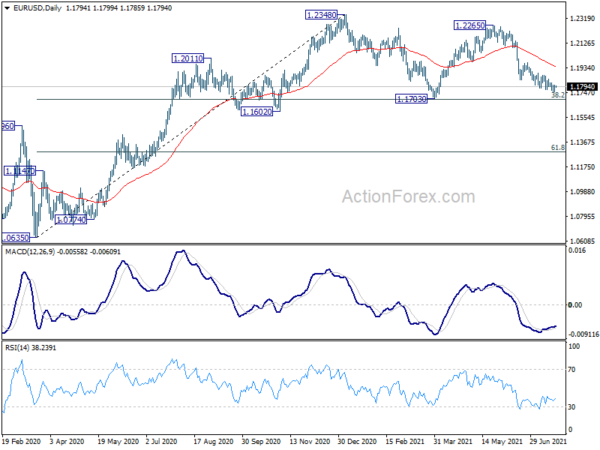
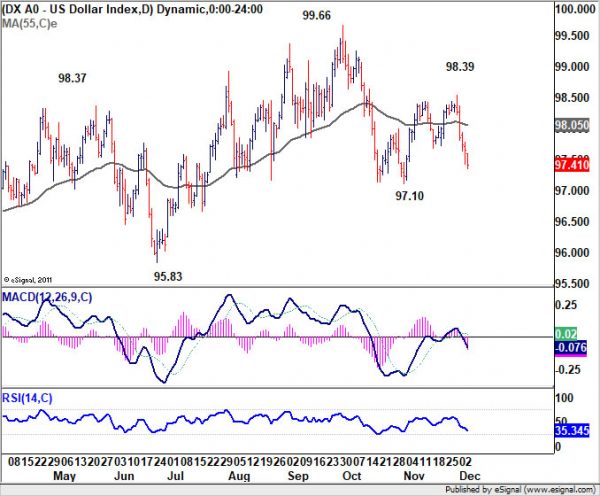
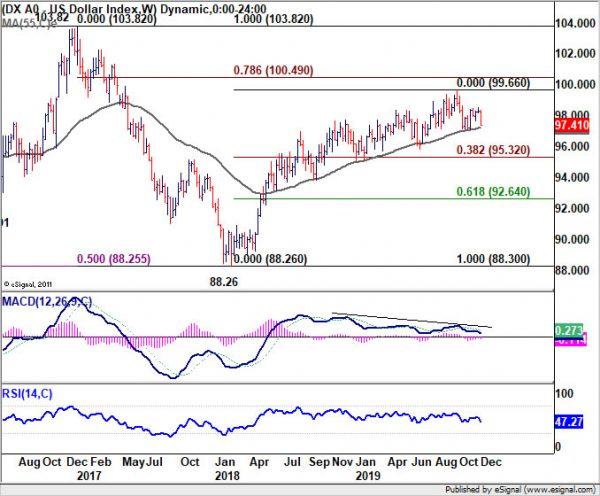
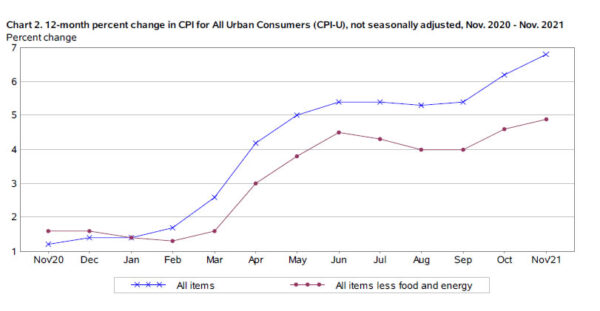
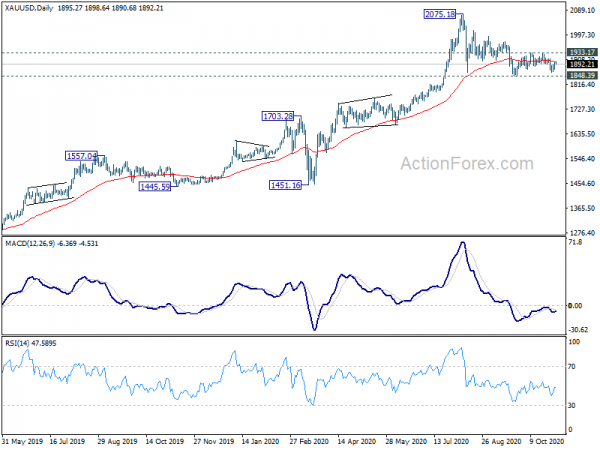
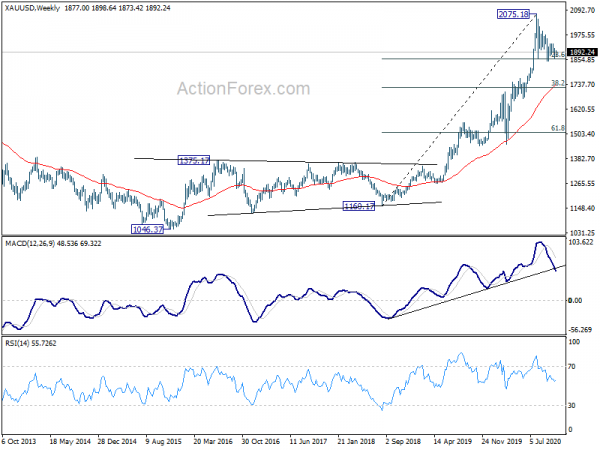
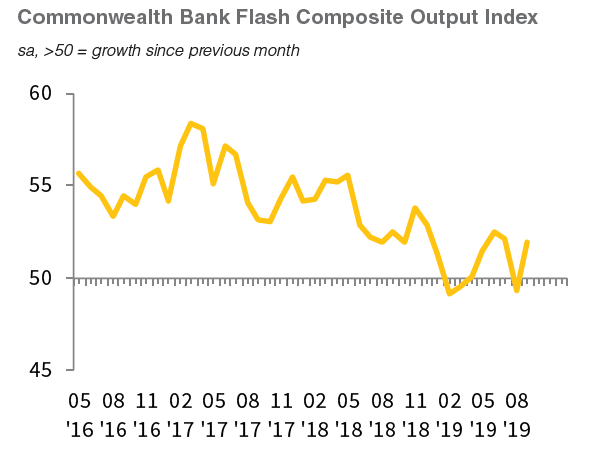

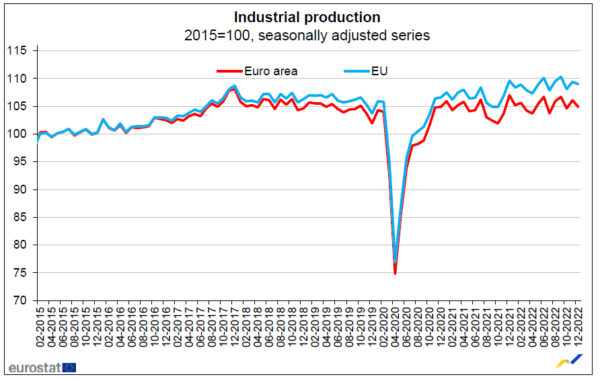

Bitcoin in second leg of corrective pattern, could top between 55-57.5k
Bitcoin’s rebound from 44027 resumed today by breaking through 52566 resistance and hits as high as 54490 so far. At this point, the structure of the rebound doesn’t warrant that it’s resuming larger up trend. Instead, it could mere be the second leg of a three-wave pattern that started back in 57529.
Hence, we’d start to look for reversal signal between 100% projection of 44027 to 52566 from 46417 at 54956 and 57529 high. Break of 49369 support should start the third leg of the corrective pattern back to 44027 support and possibly below.
Nevertheless, of course, firm break of 57529 will invalidate our view and bring up trend resumption sooner than expected.